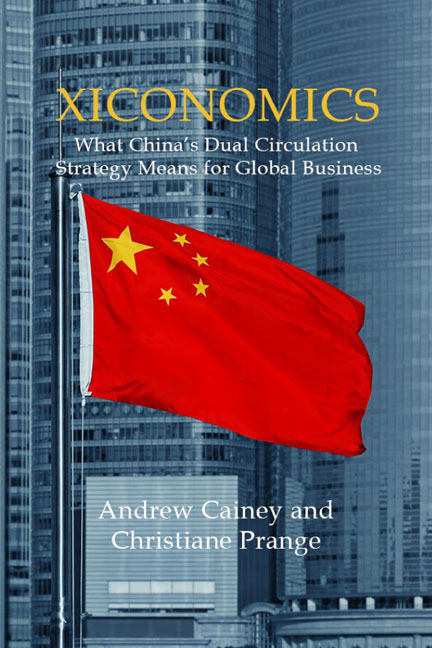7 - How will the internal and the external connect?
Published online by Cambridge University Press: 23 January 2024
Summary
“If Dual Circulation can be pictured as a number eight, then the Hainan Free Trade Port (FTP) is the intersection of the two circles (of internal and external circulation),” declared regional Party secretary Shen Xiaoming in December 2020. As so often in China, an intangible concept (the linkages between the external and the internal) is made tangible in a physical location. Hainan's development as a free trade port is touted as the physical embodiment of how China would like to structure these links. Operational since June 2020, Hainan FTP is the most open region in China for foreign investment. Customs procedures are split into two stages: the requirements on imports from the rest of the world (“first-line procedures”), which will be increasingly relaxed by 2025; and a second line of checks, on exports from the zone to the rest of China. The declared main aim of the Hainan FTP is to use external circulation to serve internal circulation. Offshore duty-free shops allow Chinese consumers the benefits of duty-free shopping while the revenues are still earned in China. A further ambition is to attract foreign education and health providers and so remove the need for Chinese to travel overseas in order to gain access. Beyond this, there is a plan to attract high-technology companies, for example in the seeds, deep-sea and aerospace sectors, in order to accelerate capability-building in Chinese companies. Most foreign investment interest has come from large multinationals such as Tesla, GE and Itochu. Foreign companies are once again gaining access to China's market while building capabilities in China that, directly or indirectly, benefit Chinese companies too.
China's plan is that internal and external circulation will “mutually reinforce one another”, according to Han Wenxiu, deputy director of the Office of the Central Economic and Financial Affairs Commission. The imagery is of virtuous cycles of mutual benefit. Yet, after decades of increasing connectivity between China and the rest of the world, the Covid-19 pandemic cut links. It brought into sharp relief divergent approaches between China and most Western economies. Stark separation between the internal and external suddenly seemed a better description of the world.
- Type
- Chapter
- Information
- XiconomicsWhat China's Dual Circulation Strategy Means for Global Business, pp. 97 - 112Publisher: Agenda PublishingPrint publication year: 2023



